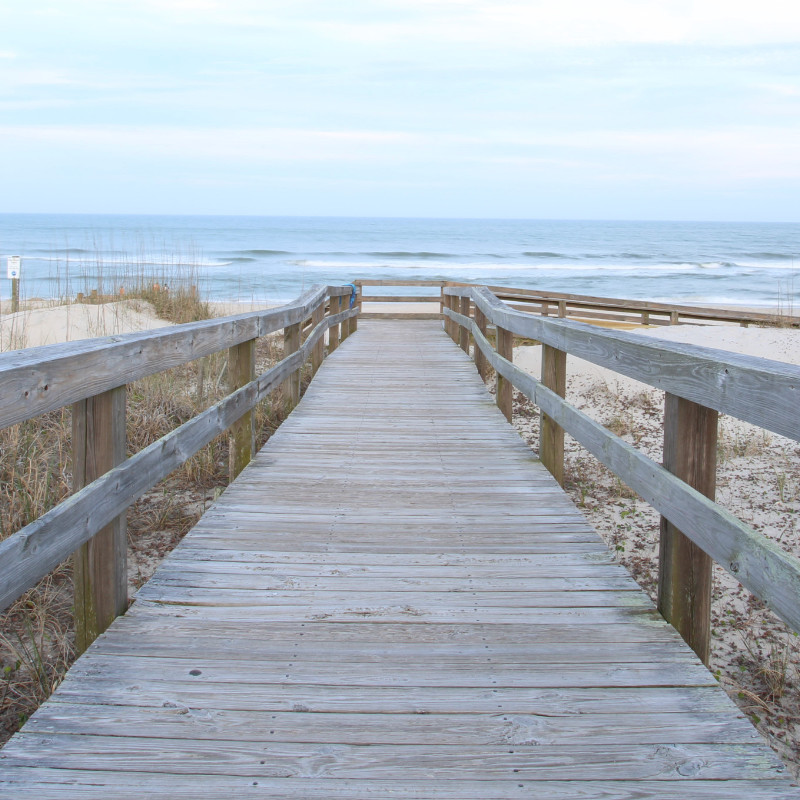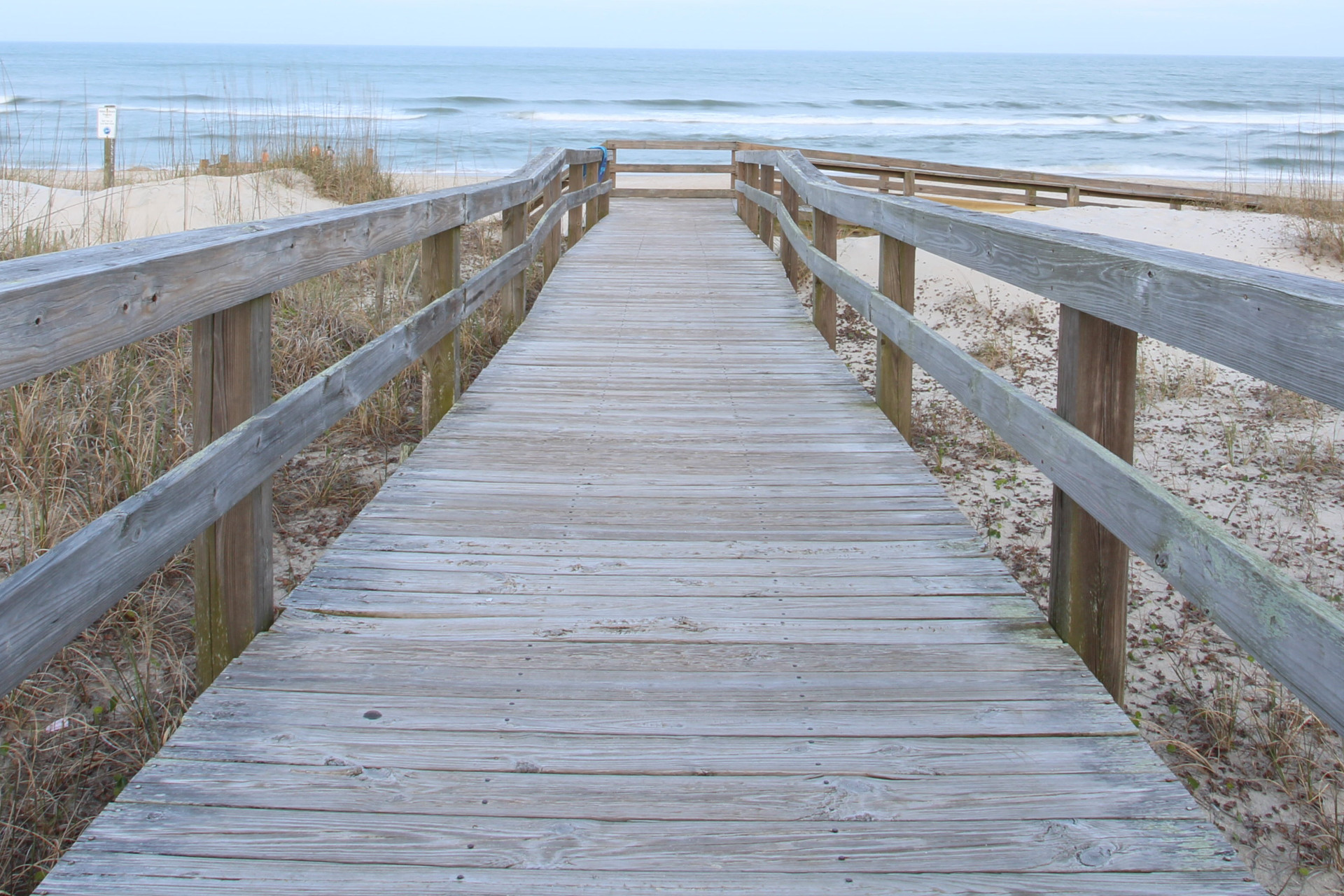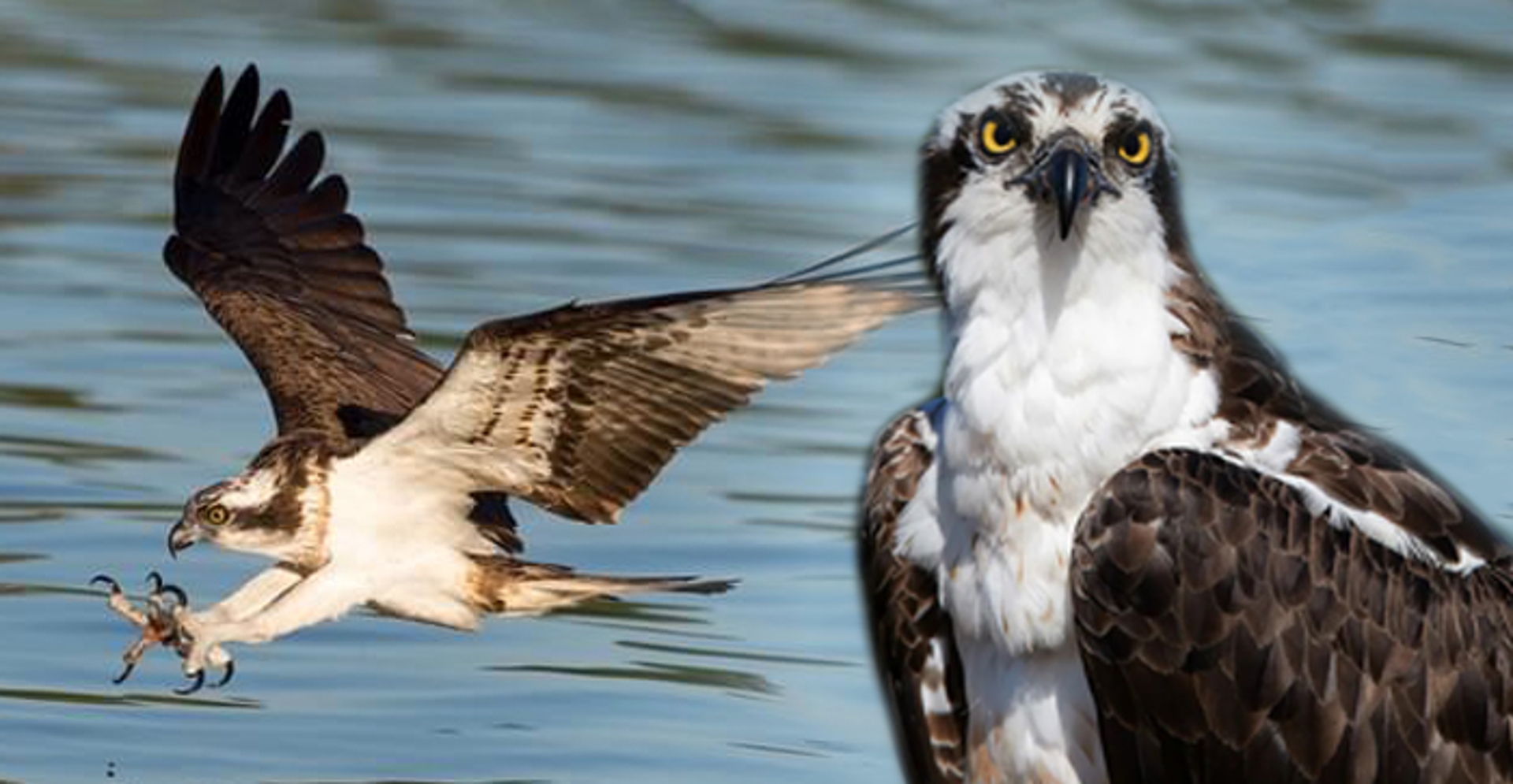For many who reside in the Chesapeake Bay region, spotting ospreys once again occupying their months long vacant nest is a joy to behold. It is as true a sign of spring as a host of golden daffodils popping up in area yards and fields.
Also known as the fish hawk, the osprey is one of the largest raptors in North America, growing up to two feet in length with a wingspan that reaches up to six feet. Commonly seen soaring over shorelines, policing waterways, and taking command of their huge stick nests piled atop a platform or pole, the osprey’s distinctive brown and white patterning, including a white head and belly, is easily recognizable.
Equally identifiable is the osprey’s piercing call, begging eyes to the sky when heard overhead. Up to five different calls have been recognized by researchers, used for alarm, courtship and nest defense. The most frequent call is a chirping cheep-cheep or yewk-yewk. When they are near their nest, they can change their tune to a sharp, frenzied cheereek.
Feeding almost exclusively on medium-sized fish, hunting ospreys are a sight to behold. The search for food takes place while flying high above the water. Once an osprey spots its prey, it will hover in the air while beating its wings before diving toward the water and plunging in, feet first, and yellow eyes sighting straight along their talons to capture its meal. Back in the air, the osprey will rearrange the fish in its feet so the fish is facing forward, thus reducing drag, making it easier for the osprey to fly.
Historically, the Chesapeake Bay has supported the largest concentration of breeding ospreys in the world. Monogamous, ospreys reach sexual maturity at age three and often mate with the same partner for life. Adults return each year to nest in the same area in which they were born. Males arrive before females and courtship and nest building or repair begin once a pair has reunited. Experienced breeders begin to arrive at old nest sites in late February or early March, while less experienced breeders arrive later in the season and can spend several weeks finding a mate and nesting site. The osprey’s large bulky nests are built using branches, corn stalks, shoreline debris and other materials and are often located near the water on tall structures like dead snags, utility poles, channel markers and nesting platforms.
After an incubation that lasts for 38 to 42 days, “Mama” ospreys lay their eggs between mid-April and late May. Nestlings are brooded and fed fish for about 40 days after hatching. They will soon begin to resemble adults, sporting reddish-orange eyes and feathers edged in buff. About two months after hatching, young begin to fly. Families remain together near the nesting site through July while fledglings learn to fish. As soon as their youngsters become independent, adults begin to migrate to their wintering grounds.
Ospreys remain in the Bay area into October, when we bid them farewell on their long journey south to migrate for the winter. So, until next spring, happy flying!






